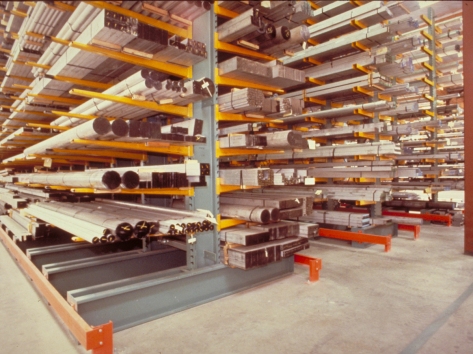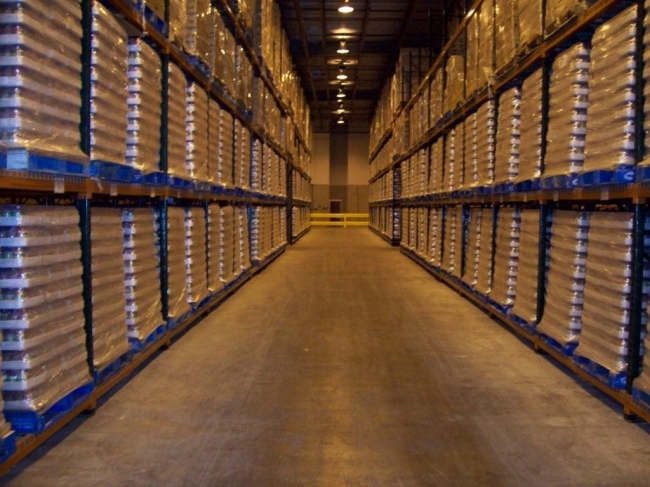Mezzanines are big storage tools designed to maximize space in a warehouse or storage facility. Although they provide a lot of advantages, when not maintained properly, they can cause serious injury and damage. To avoid these from happening, here are some warehouse mezzanine safety tips that need to be observed by all employees in the warehouse.
- While there are ready-made mezzanines that can readily be installed by the buyer, it is always safer to have a professional install it for you. The manufacturers and designers of mezzanines know exactly how to handle the installation so better let them do it to ensure correct and proper installation.
- If your mezzanine comes with a manual, it is important to read it carefully first before using and storing products on equipment on it. Know the proper precautions and maintenance practices that will help lengthen the usage of the mezzanine and avoid damages.
- Choose a stairway option for your mezzanine with two handrails that will assist warehouse workers when climbing up or down the stairs. Ensure that the steps are not too big or far apart from each other to avoid any slips or accidents.
- Identify the maximum weight capacity of your warehouse mezzanine and ensure that the total weight of the items you will stack on it doesn’t exceed the right limit.
- Check for any damage or loose parts that need to be fixed on your mezzanine. When identified that it is indeed damaged, discontinue use temporarily and unload all items to avoid further damage. Contact your mezzanine manufacturer right away and have it fixed immediately.
Warehouse mezzanines can be very useful when used and maintained properly. However, if safety measures are not practiced inside the warehouse, serious accidents may happen that could lead to employee injuries. Avoid these by observing proper safety measures. For more information about warehouse mezzanine, visit http://msshouston.com/cantilever-racking-21/uncategorised/warehouse-mezzanine.






